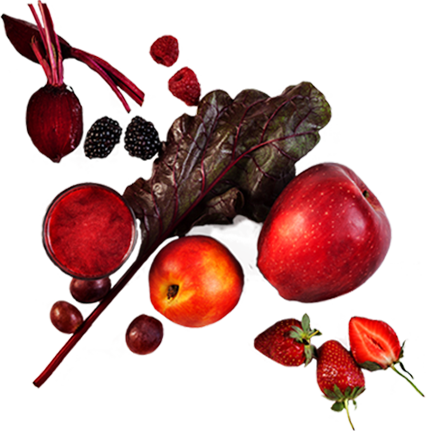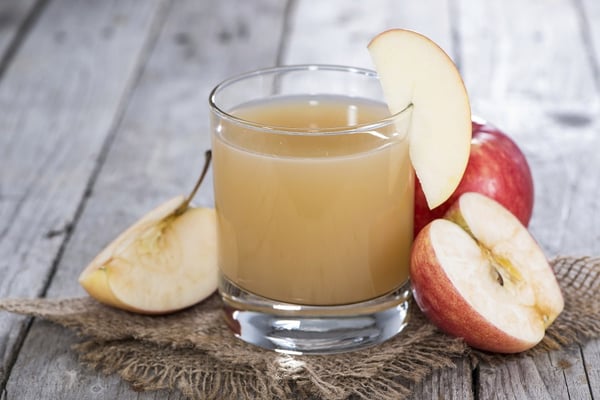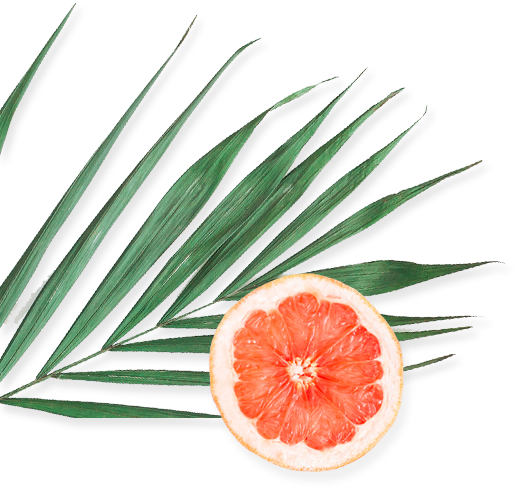
What the organic market needs now

Featured Posts
Categories
Interested in more? Subscribe to our blog.
Organic is the key: According to surveys, the market for organic products in Europe was valued at 37.3 billion euros in 2017 - 11 percent more than in the previous year. In 2019, German consumers alone spent € 11.97 billion on organic food and beverages. What developments await us in the future in the “organic” market.

The demand for organic food and beverages is increasing across all categories and agriculture is responding to this trend. In Germany alone, the organically farmed areas grew by almost 50 percent. In the meantime, 33,698 companies - that is 12.6 percent - manage their land ecologically.
Source: https://www.fruchtportal.de/artikel/blw-ko-flche-knackt-10-kunden-kaufen-bio-fr-fast-12-mrd/042623
Consumers welcome this: According to Mintel, for example, 39 percent of Polish consumers state that they regularly buy organic food and beverages, 31 percent of the French are willing to pay more for organic products and 28 percent of Italians agree that organic products “are worth their money ”.
Different reasons motivate consumers to choose the biological alternative:
• 50 percent of Spanish consumers want to avoid artificial ingredients
• 46 percent of the French are against pesticides and chemicals
• and 44 percent of Germans want to support local agriculture.
Source: “Organics in Europe: The Challenge of a New Generation”, Mintel, November 2019
Organic and more
The main drivers of the organic trend are increasing environmental and health awareness, especially among the younger generations: Millennials and Generation Z in particular are willing to spend more money on organic products. The demand for the “original” foods and beverages is particularly strong in France, Germany, Italy, Spain and Poland. The trend is rising: Between 2009 and 2019, almost a fifth more organic food and beverages were launched in Europe: in 2009, the share was nine percent, ten years later 17 percent.
Source: https://www.foodnavigator.com/Article/2019/10/04/Younger-consumers-more-likely-to-pay-higher-prices-for-organic-food-and-drink-Mintel
New is that biological claims are primarily made in combination with other clean label messages such as "Free from" or ethical standards. Also, the additional label "vegan" is particularly well received in the "Better for you" categories. 46 percent of the products with the “organic” claim also carry the “vegan” label, followed by “with additional fiber” (28 percent), gluten-free (28 percent), “antiallergenic” (28 percent) and “lactose-free” (25 percent).
Young consumers prefer organic products that are also manufactured in an environmentally friendly manner, are in general sustainable and so ensure a “good conscience”.
Source: “Organics in Europe: The Challenge of a New Generation”, Mintel, November 2019
Popular: Local and hyperlocal organic products
All products that come from regional manufacturers are on the rise. In Italy, 85 percent of consumers prefer organic products from the immediate surroundings, 82 percent in France, 81 percent in Spain, 78 percent in Poland and 69 percent in Germany.
The most recent trend towards "hyperlocal" organic products is likely to be a challenge in the future: more and more smaller labels appear on the market and differ significantly from the mass market of organic food. Freshness, authenticity and the absolute local origin are the main arguments with which these brands convince.
Source: “Organics in Europe: The Challenge of a New Generation”, Mintel, November 2019
Trend: environmental protection is becoming more important
Experts see the new trend for the future that consumers want more activities from large companies against food waste. Organic food spoils faster than conventional food, and while consumers are becoming more aware of how they can contribute more to environmental protection and sustainability - e.g. reducing the carbon footprint - so they expect the same from companies. Among other things, it is expected that farms will use their harvest to the fullest extent and act according to the principle “produce more and use less”.

Instead of more new products, many customers would like to see developments of innovative packaging in terms of environmental protection. Some supermarkets are already experimenting with omitting packaging entirely. Manufacturers are increasingly concerned with improving existing packaging. They make sure to use as little material as possible, develop reusable solutions or support reforestation projects to improve or offset the carbon footprint.
More transparency needed
However, while the demand for sustainable organic products with health benefits is increasing, consumers repeatedly criticize that the many different labels would certainly cause confusion and that the transparency about the production is often not clear. There are also too few comparisons between organic and conventional foods in terms of pricing. For example, 47 percent of German consumers state that it is unclear why organic products cost more than others. In Italy, 55 percent of consumers perceive only a slight difference in quality between organic and conventional food. Among the French, 63 percent require more information about why organic products are healthier than others.
There is certainly still some catching up to do and a general tenor for more information, transparency and simplicity.
BIOFACH trade fair 2020: Around 47,000 visitors attended
The great interest in organic products was also noticed at this year's Biofach trade fair, the world's leading trade fair for organic food: 3,792 exhibitors from 110 countries presented their products in Nuremberg in February. Almost 10,000 visitors and experts took part in the congress program. Also an international platform for knowledge exchange and networking was created. Sustainable packaging materials was one of the top issues in the industry. It also showed that the market for vegan products is growing across all product groups, for example with novelties such as organic oat cream, coconut whipped cream or milk alternatives. The seed-proof plants are preferred to the hybrids. Regional products are also marketed as such, for example rice from Austria, which supports domestic agriculture.
Whoever wants to be there: The next BIOFACH trade fair will take place from February 17th to 20th 2021!
Sources:
https://www.food-service.de/maerkte/news/biofach-ueber-47.000-besucher-kamen-zur-bio-trendschau-44587
https://www.fruchtportal.de/artikel/biofach-trends-2020-weniger-verpackung-mehr-region-und-grere-artenvielfalt-das-bewegt-die-bio-welt/042726
CONCLUSION:
Today consumers expect organic brands to stand for more than just “organic”. Environmental protection criteria and ethical factors have become a central part of consumer expectations for an organic product. The young generation in particular is jumping on the trend: For them it is important to bring innovative and exciting organic food and beverages onto the market that are also good for health and ethically correct and sustainable. There is a tendency to catch up in terms of labelling and transparency about why organic products are more expensive than others and in which parameters and product properties they differ exactly.

Gerd DiefenthälerAuthor
Market Intelligence & Innovation Manager



